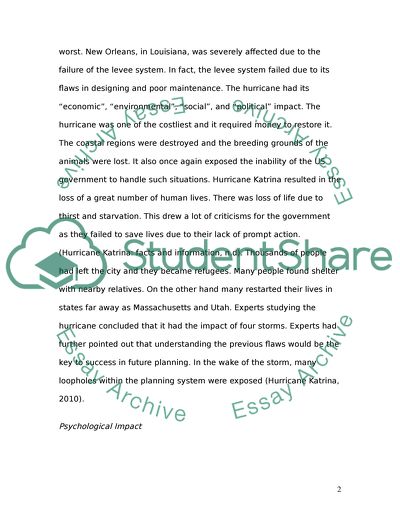Cite this document
(“Homeland security Research Paper Example | Topics and Well Written Essays - 2500 words”, n.d.)
Retrieved de https://studentshare.org/military/1391213-homeland-security
Retrieved de https://studentshare.org/military/1391213-homeland-security
(Homeland Security Research Paper Example | Topics and Well Written Essays - 2500 Words)
https://studentshare.org/military/1391213-homeland-security.
https://studentshare.org/military/1391213-homeland-security.
“Homeland Security Research Paper Example | Topics and Well Written Essays - 2500 Words”, n.d. https://studentshare.org/military/1391213-homeland-security.


